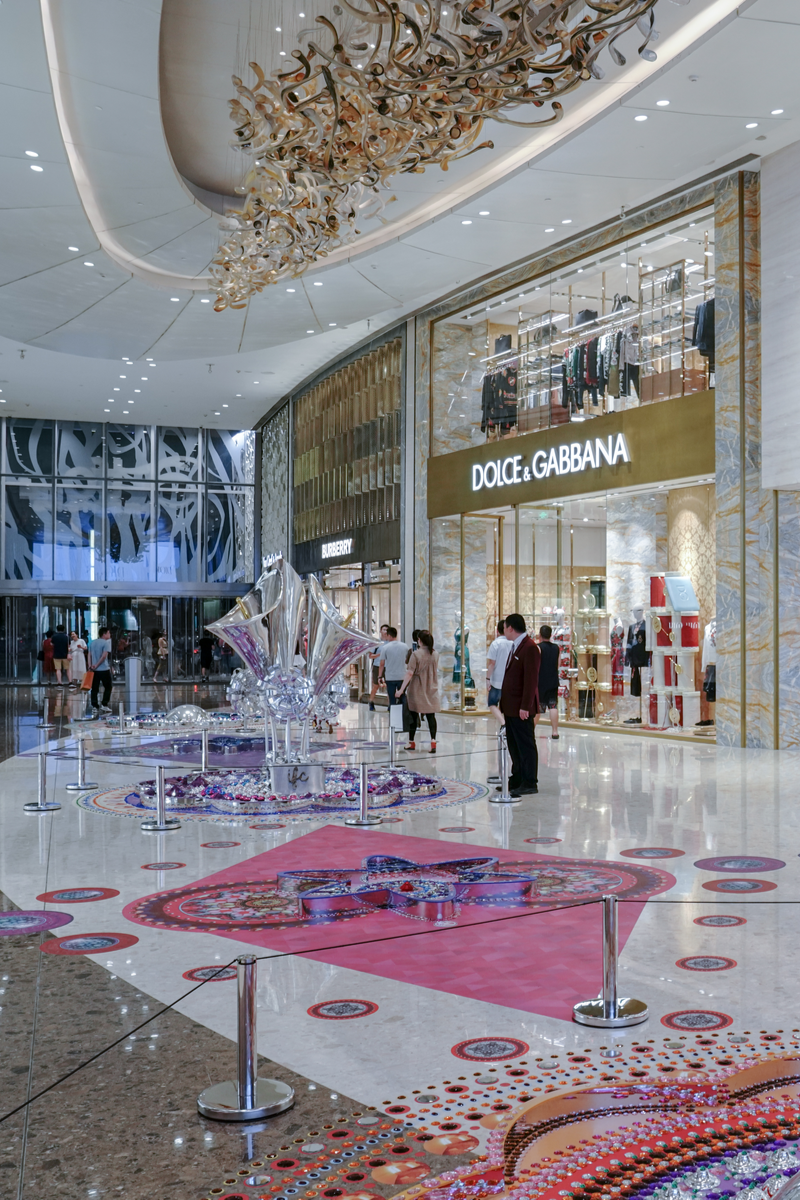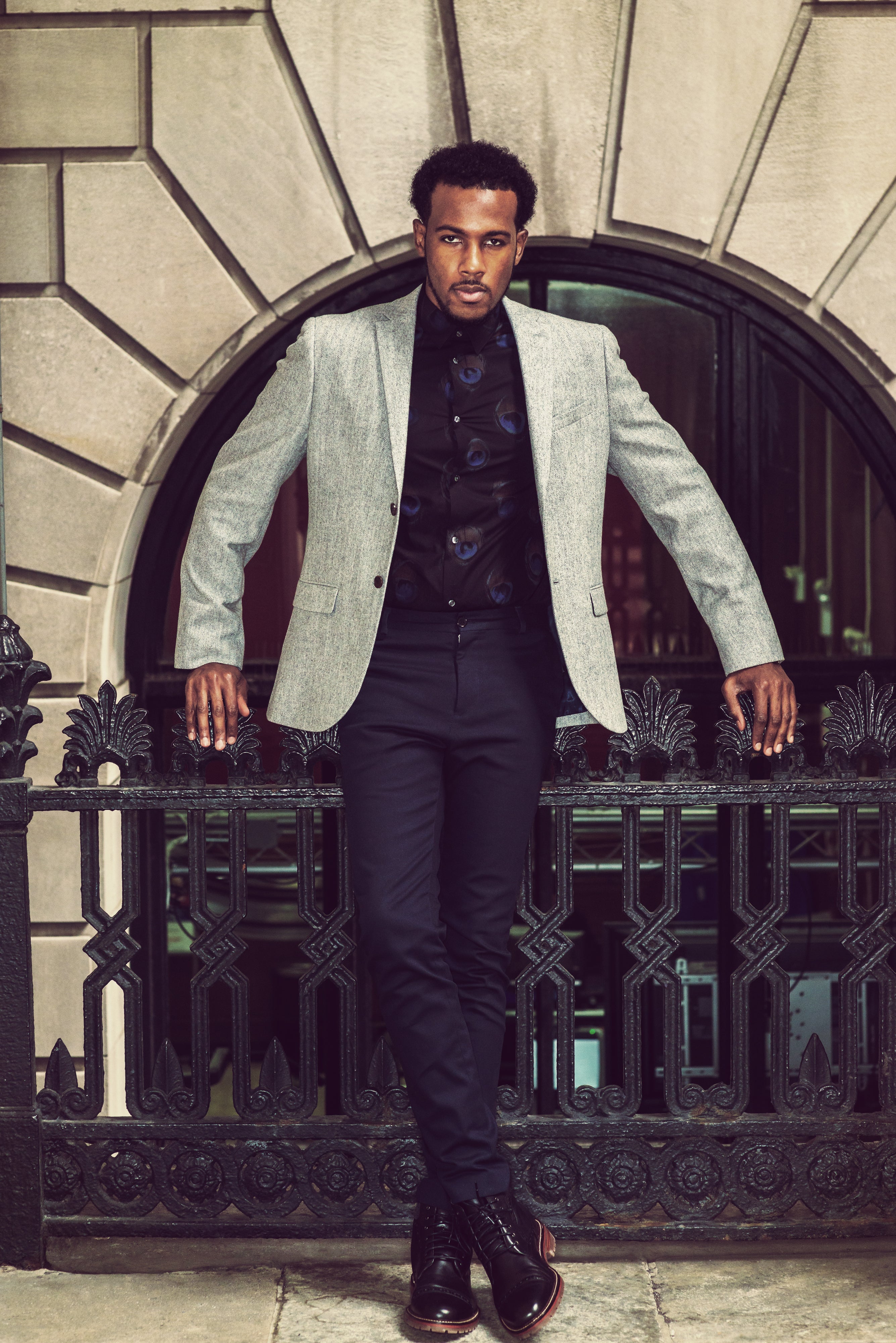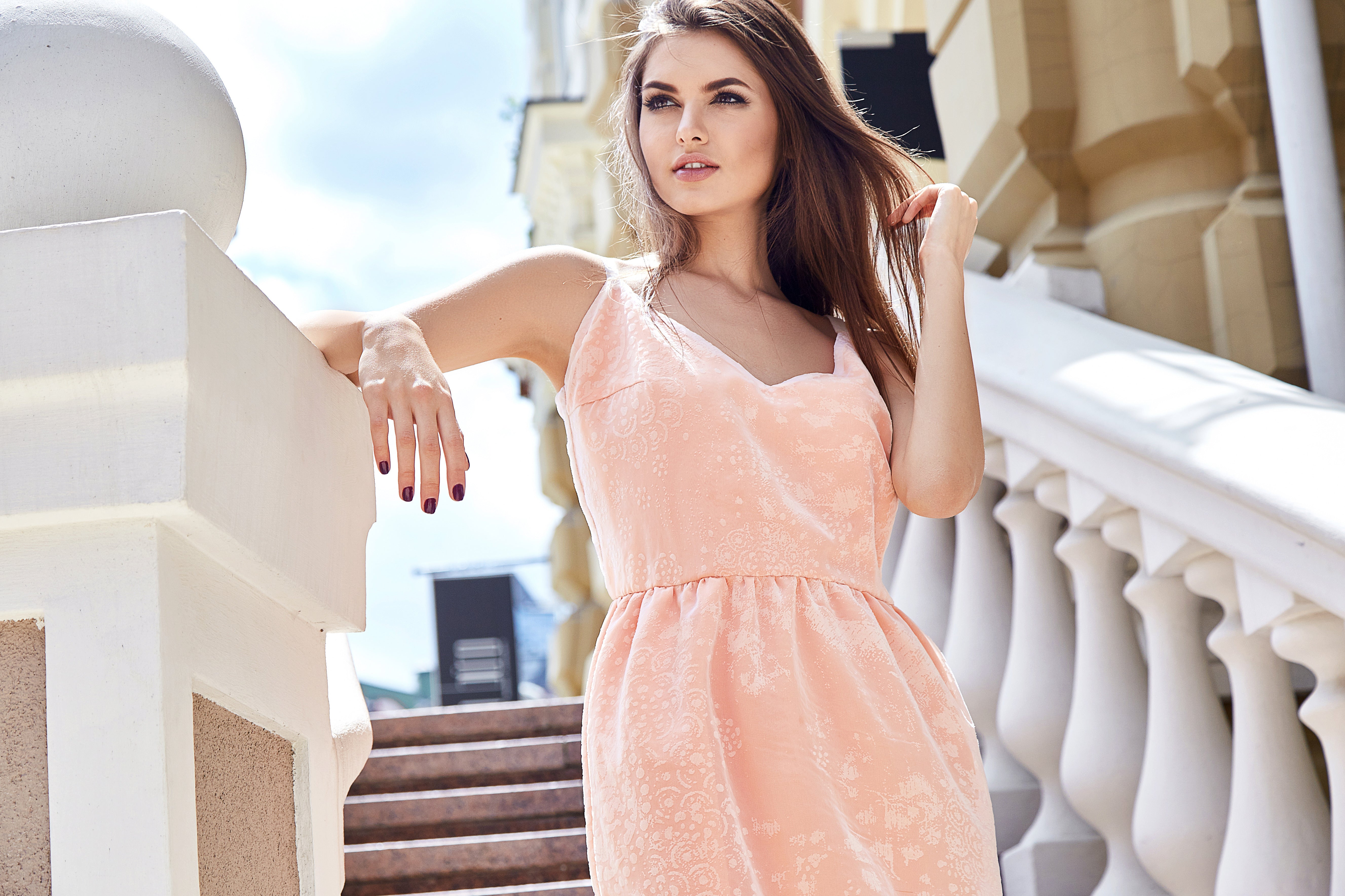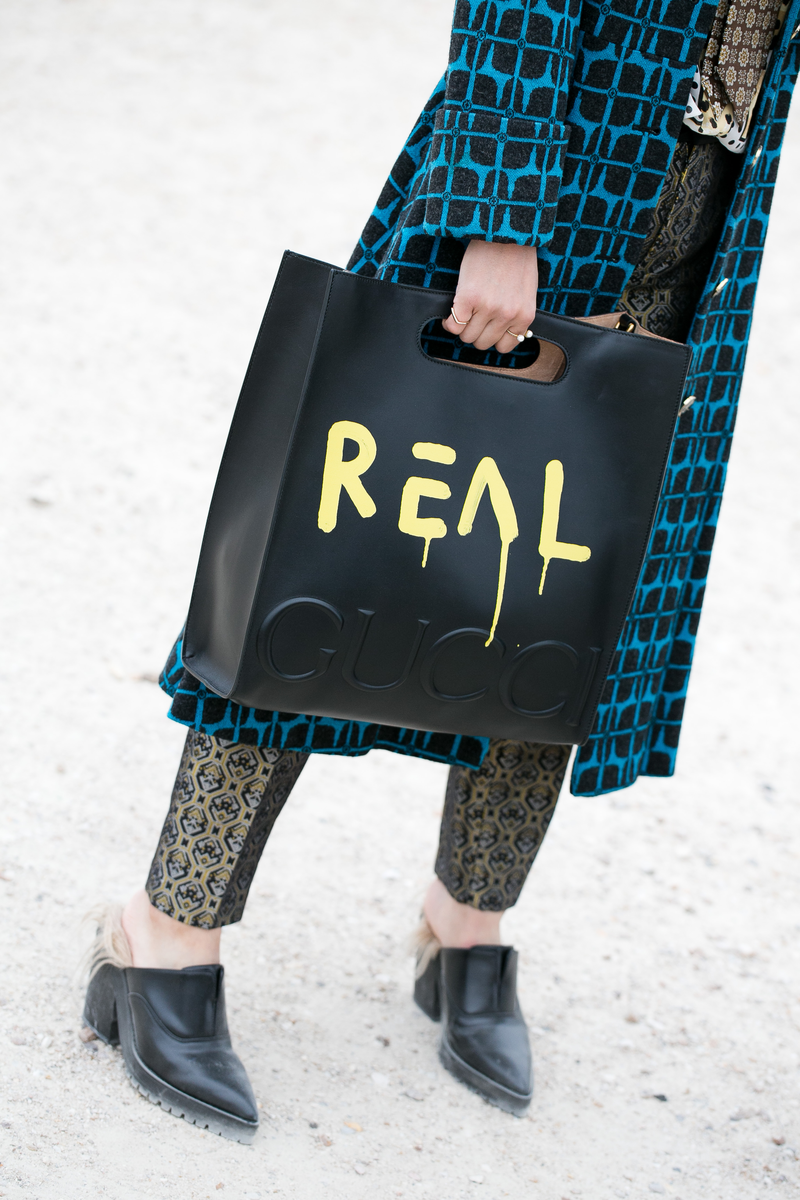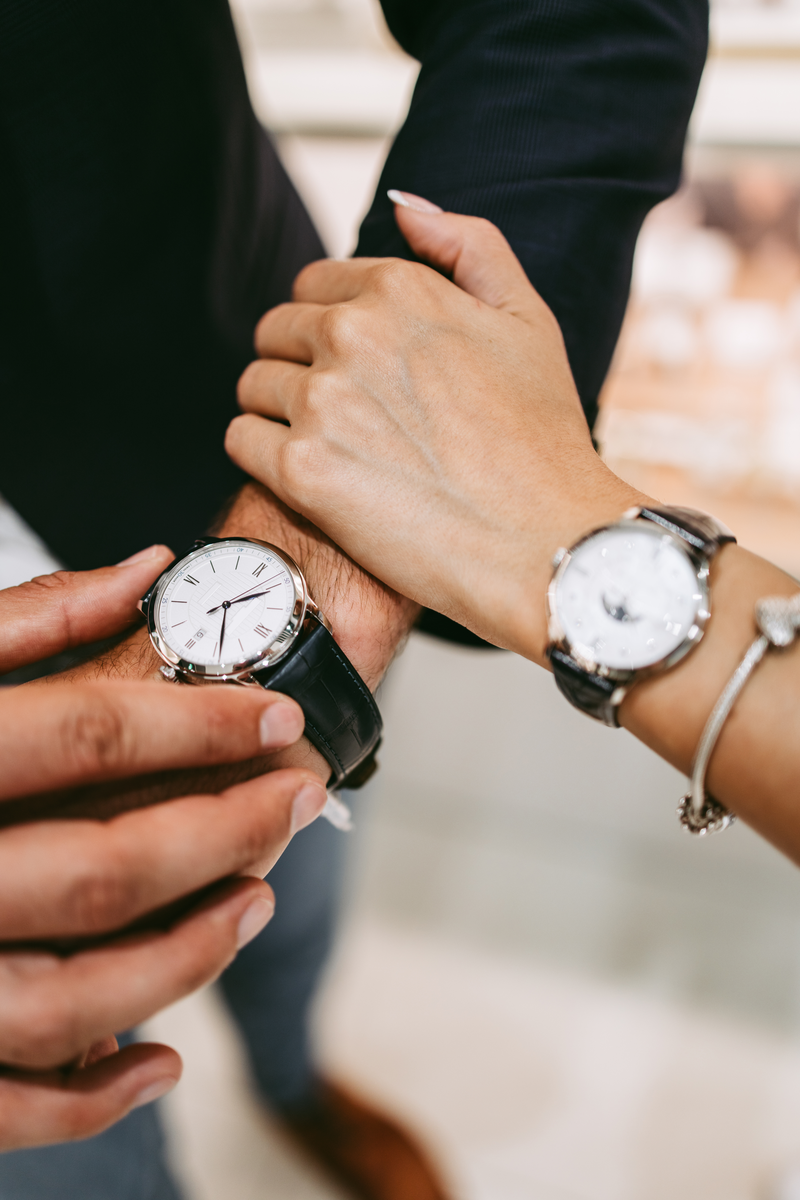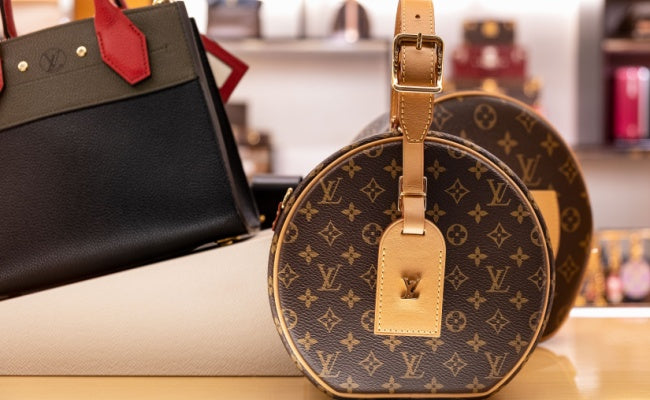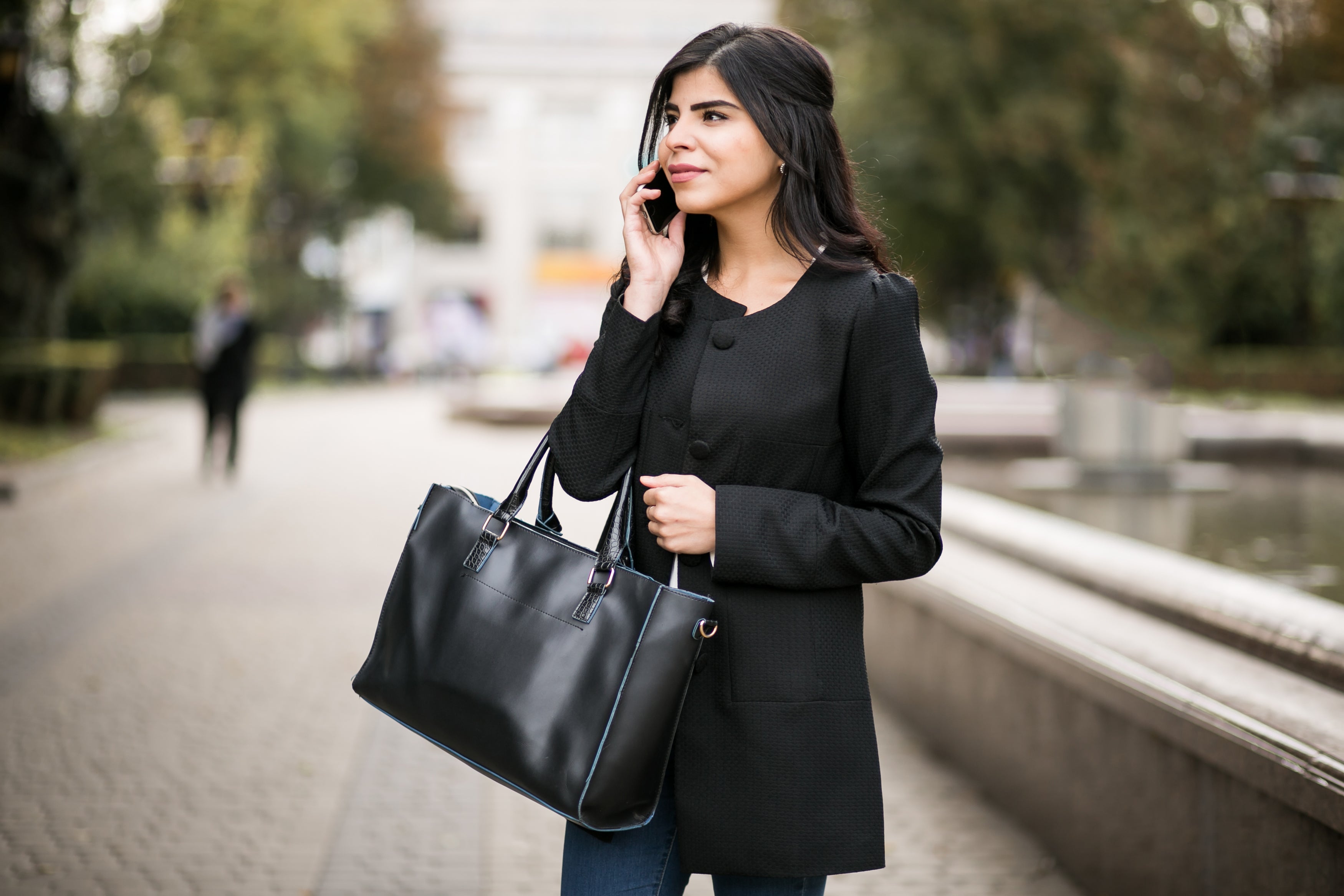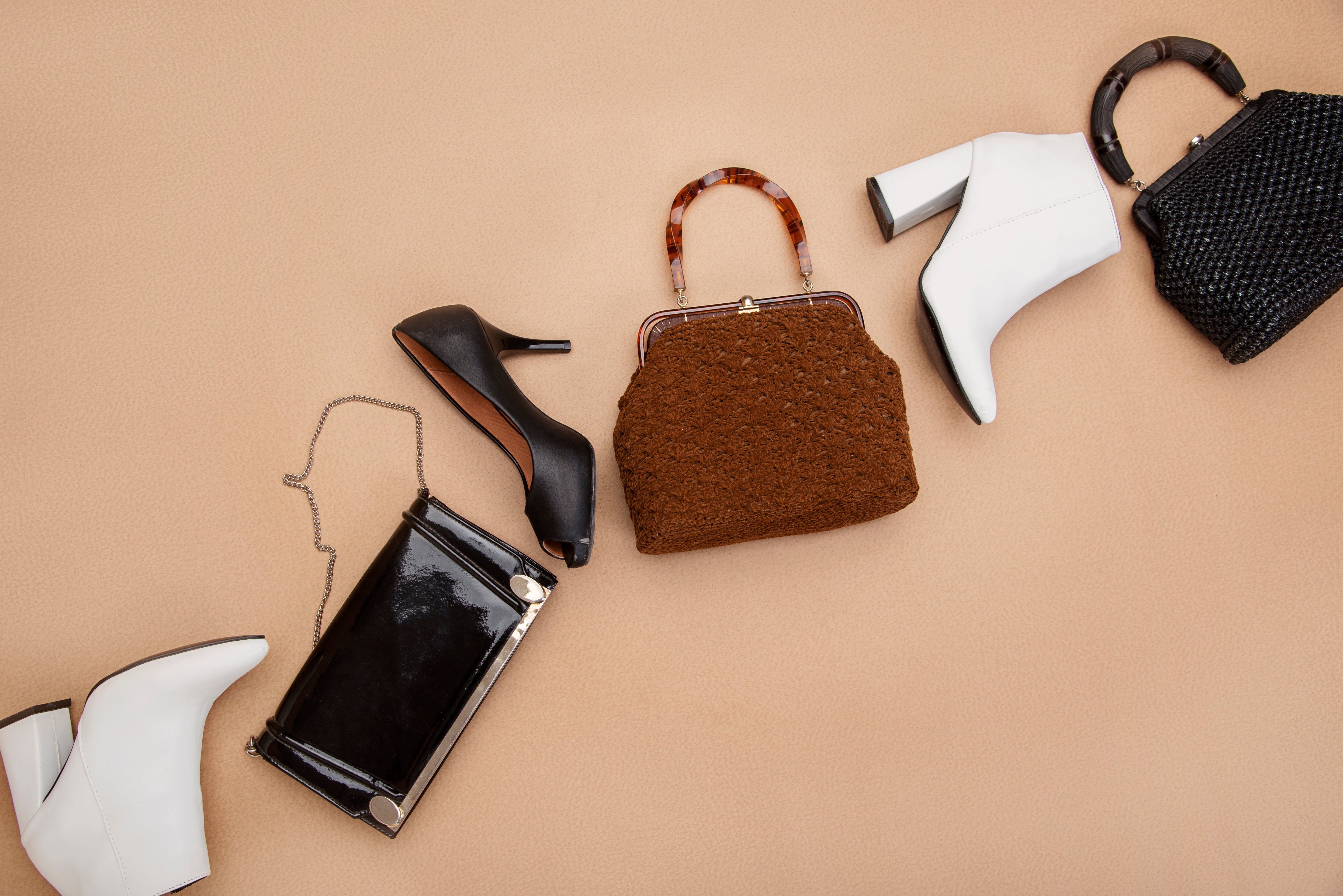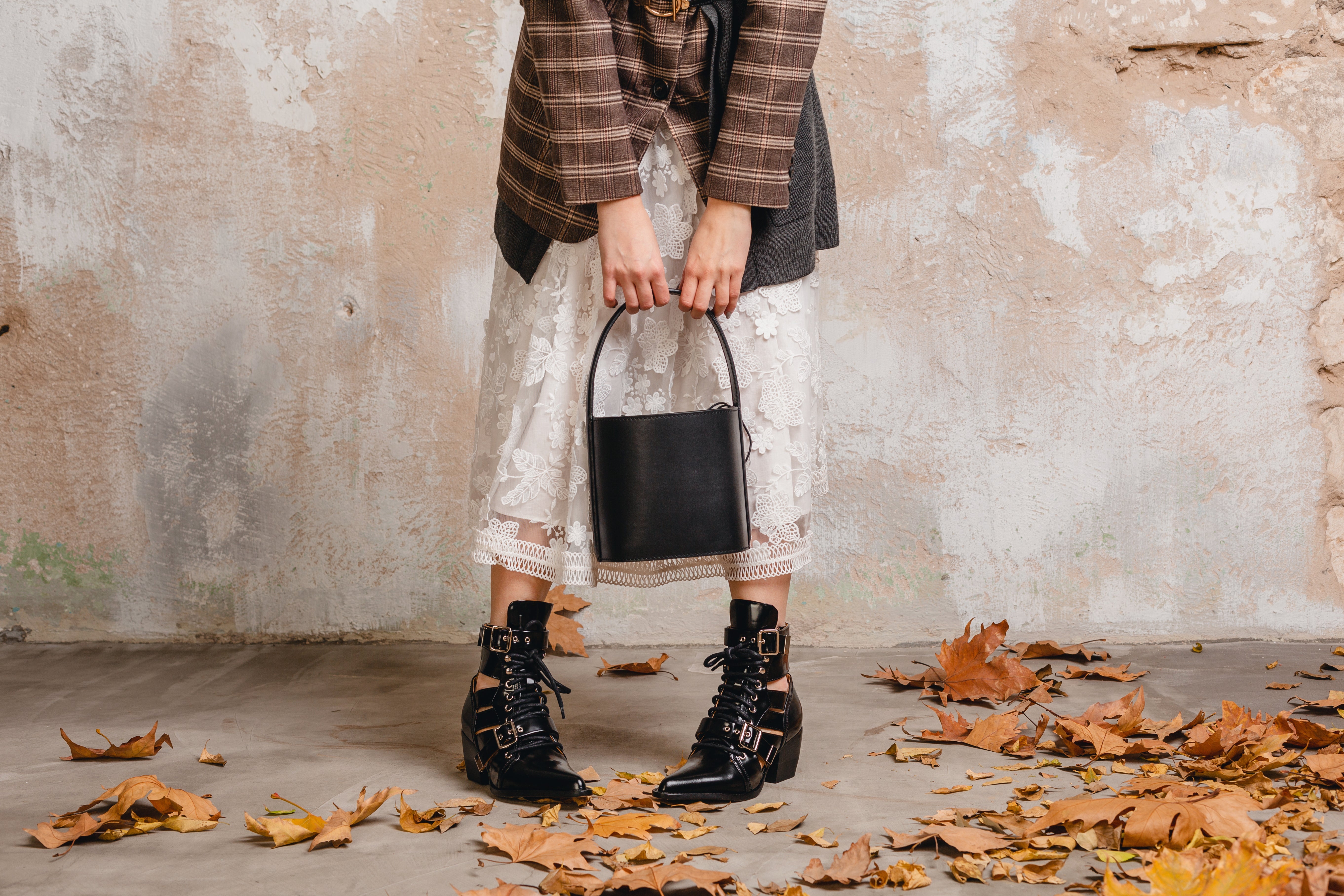
The Circular Fashion Movement and Its Impact on Designer Handbags
Fashion trends may come and go but one concept that's been getting serious momentum over the past decade is The Circular Fashion Movement.
You've probably heard about it in conversations around fashion sustainability, resale, and eco-conscious shopping. Simply put, it's all about reusing, repurposing, and extending the life of fashion pieces— and no industry feels this shift more than luxury fashion.
If you're a lover of designer handbags, this is your conversation. Whether you're buying a pre-owned luxury bag, reselling, or simply investing in a timeless designer bag, you're already playing a role in this movement. But how exactly does circular fashion apply to handbags and why should you care? Let's discuss, shall we?
Here's what we're going to talk about:
-
What is Circular Fashion?
-
Why is it important to talk about Circular Fashion?
-
How exactly does Circular Fashion apply to Designer Handbags?
-
How does buying Pre-owned Designer Handbags promote Circular Fashion?
-
How else can YOU promote Circular Fashion?
-
What could be the future of Circular Fashion in the designer handbag industry?
What is Circular Fashion?
Fashion has always been about “what's next?”. New trends, new designs, seasonal must-haves. But what if the future of fashion wasn't about producing more, but rather making better use of what already exists? This is where circular fashion comes in.
The idea of circular fashion was first introduced by Anna Brismar (a Swedish sustainability consultant) in 2014 but the larger circular economy concept has been around for decades. At its core, it's all about “keeping things in the loop”. Circular, you see? Instead of a take, make, and toss approach, it promotes reusing, recycling, and repurposing materials to minimize environmental waste.
This idea applies to the entire textile industry, which believe it or not, is the SECOND biggest polluter in the world.
In a circular economy, recycled materials from unexpected places like old clothes, plastic bottles, fishing nets, and even industrial waste are used to create new fashion pieces. Everything is designed to last longer.
Why is it important to talk about Circular Fashion?
Let's be honest for a minute. The fashion industry has a massive impact on the planet. While your Instagram feed & glossy magazine covers make it look all glitz and glamour, there's a side behind those runway lights that we don't talk about enough. Check these numbers:
-
Every year, the industry produces around 92 million tons of textile waste- that's like a garbage truck full of clothes dumped every minute
-
It's responsible for 10% of global greenhouse gas emissions– that's a bigger polluter than international flights and maritime shipping individually.
-
The industry gulps down 1500 billion litres of water annually.. that is like 600,000 olympic-sized swimming pools
-
25% of microplastics in the ocean come from synthetic fibres like polyester.
And if that wasn't bad enough, most of what gets thrown away doesn't just disappear overnight. Over 300 million clothing items are discarded each year (the number varies across different countries but you get the idea) 80% of these items have polyester – a fabric that can take 100-500 years to break down in landfills.
And what's the solution? Yep, you guessed it. Circular fashion. By keeping fabrics in circulation long enough, whether by recycling, reselling, or upcycling, we can dramatically cut down on this huge amount of waste.
Simply put, fashion doesn't have to be disposable. The more we talk about Circular Fashion , the more we shift towards a future where fashion & sustainability go hand in hand.
How exactly does Circular Fashion apply to Designer Handbags?
When we look at a designer bag, how many of us think beyond the overall style? About the environmental impact of it? As handbag lovers, that's a conversation pretty relevant to us.
You see, most high-end bags are made up of materials and fabrics with a big carbon print. E.g leather tanning processes release harmful chemicals, exotic skins fuel unethical sourcing practices etc. The overproduction and fleeting trends make this waste even worse.
So what do we do? Promote Circular Fashion in designer handbags too. The good news is that many luxury handbag companies are already making big moves to reduce waste and create bags that are both gorgeous yet sustainable.
While we do have a long way to go, we're still getting somewhere and if high-end designers are on board that means the shift is real. Let's quote some major examples:
-
Prada Re-Nylon Campaign — using old fishing nets, discarded textiles, and ocean waste to make regenerated Nylon bags that are gorgeous and sustainable.
-
Gucci- Off the Grid Collection— “Gucci Equilibrium” is Gucci’s very own movement to generate a positive change for the environment. Off the grid collection is their first attempt at circular fashion, which uses recycled and sustainably sourced materials to create everything from handbags to accessories.
-
Coach- Coachtopia “Have taste, love waste” - that's the concept Coach is going for in their sub brand “Coachtopia” and we're all here for it.
-
Hermés Petit h–petit h is Hermés collection of accessories and other stuff that's made completely using leftover leather and materials from their workshops.
-
Bottega Veneta– Certificate of Craft Program BV has started offering lifetime warranties and free repairs on their signature bags to promote longevity instead of disposal.
Other than these, many brands like Louis Vuitton, Chanel, Hermés etc have extensive repair programs which encourage the customers to repair, fix and extend the life of their handbags instead of replacing them. Moreover, they're being held accountable for the materials they use in their bags so now they're extra careful about employing sustainable practices in their factories.
How does buying Pre-owned Designer Handbags promote Circular Fashion?
When you buy pre-owned designer bags, you're ensuring they remain in circulation instead of collecting dust in someone's closet or ending up in a landfill.
Think about it. Designer handbags are made up of top-tier materials with expert craftsmanship and timeless designs. So why should they have an expiration date?
When you choose pre-owned, you reduce the demand for new production, meaning fewer resources like energy, water, and leather are consumed and less pollution is generated.
It may feel like a small step but when thousands of people make the choice to buy pre-owned bags, it creates a ripple effect– just like tiny water droplets coming together to form a river. Collectively, these choices can drive big changes.
How else can YOU promote Circular Fashion?
Other than buying pre-owned bags, here's what you can do to promote Circular Fashion:
1- Upcycle old bags— if you feel your bag is worn out, repurpose the materials in smaller accessories like wallets, keychains, or even custom designs. You'd also find many sellers across the internet promoting Upcycled luxury bags that are absolutely gorgeous and give the ultimate personalized vibe.
2- Repairing instead of replacing– a scruffed corner, a broken strap, or a fading logo doesn't mean your bag's life is over. Go for professional restoration services that can make your old bag look as good as new.
3- Reselling instead of discarding– if you've fallen out of love with a bag, simply resell it or swap it with a friend instead of tossing it out. There are numerous platforms like Luxlair who can buy your bag and help it reach someone else who'll cherish it as much as you once did!
What could be the future of Circular Fashion in the Designer Handbag industry?
As consumers become more eco-conscious, luxury fashion houses are realizing that sustainability isn't just a trend— it's the future. Here's what we see coming:
-
More investment in SUSTAINABLE MATERIALS like bio-based leather, plant-based dyes and fully recyclable fabrics.
-
In-house resale programs to ensure that their own pre-loved bags remain in circulation longer. In the future, expect more brands to offer official authentication and refurbishment services for their bags.
-
Repair and Restoration will become the new standard.
-
Promotion of Fully Circular Designer Handbags– meaning bags that can be disassembled, repaired, and even remade into new products. Brands may consider introducing trade-in models where old bags can be returned for store-credit.
-
Promotion of PRE-OWNED luxury- With high-end resale platforms becoming more mainstream, shopping pre-owned will no longer be seen as an alternative but as a preference.
The Takeaway:
As the luxury landscape changes, one thing is for sure- Circular fashion is not just a passing fad—it's the future that will change what luxury means to a modern consumer. True luxury isn't about buying more, rather it's about making the most of what already exists.
If you're ready to make that switch, check out Lux Lair’s stunning collection of pre-owned handbags that will help you shop absolutely guilt-free - because luxury should be timeless, not wasteful.


